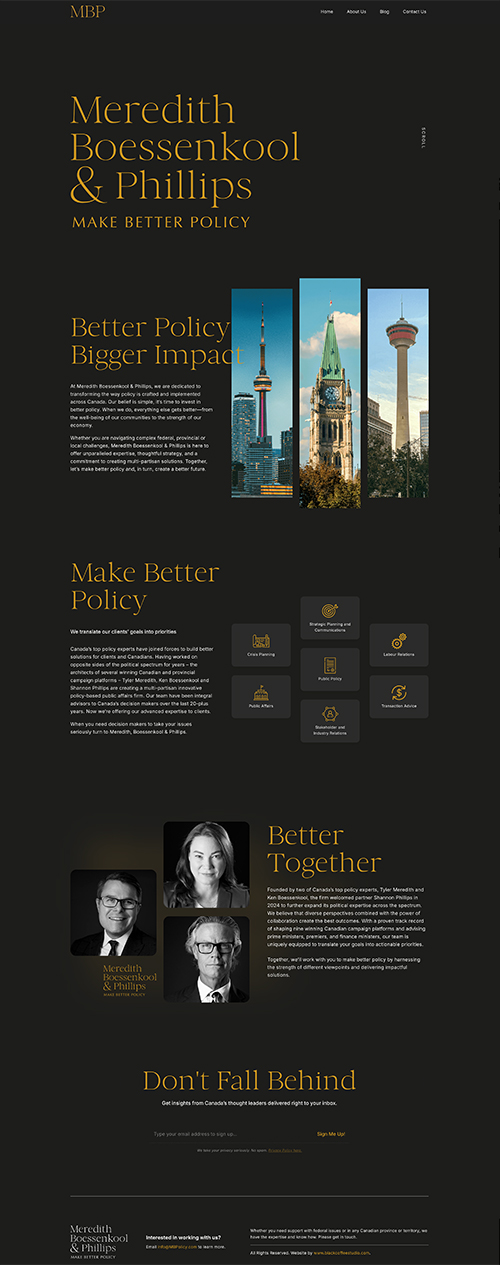The release of a number of reports by the federal Romanow Commission has exposed its two-pronged public relations strategy: First, deny that there is a problem. Second, tag the provinces (especially Alberta) as the bad guys in health care reform. This strategy adds urgency to health reforms now being considered in Alberta.
The first report released by the commission provided the outcome of 12 focus groups conducted by the Canadian Policy Research Network, a think-tank that gets millions of dollars in funding from the federal government. According to the commission’s press release, the conclusions reached by the focus groups were “consistent across all 12 sessions.” Their surprising unanimity can be summarized as follows — raise taxes to pay for a health care system that is little changed from today.
Two weeks later, the commission released a study with the garrulously written conclusion that “the evidence of a fiscal crisis in health care in Canada is not evident” and further stated that there is “no empirical evidence” that Canadians are over-taxed.
These commission commissioned studies, while they do accord with commissioner Roy Romanow’s earlier comments that he is “not convinced” that there is a fiscal crisis in health care, fly in the face of nearly every other government commissioned report on health care — from Quebec’s Claire Report, to Alberta’s Mazankowski report and even federal Liberal Senator Michael Kirby’s recent examination of health care.
It was hardly a surprise, then, that the commission released another study with the following, equally garrulously written, conclusion: “The alternatives proposed by Quebec and Alberta target the methodical dismantling of the most important public services accomplishment in Canada.” This conclusion was reached by invoking a false dichotomy between Ottawa’s Canada Health Act which ensures “that all citizens have the same right to access health care based on need” on the one hand, and Quebec and Alberta’s so-called goal of “erecting conditions favourable to the delivery and funding of services by private enterprise” on the other.
It must have just slipped the author’s attention that a large part of the current medicare system is delivered and funded by doctors who operate on a “for profit” basis, or that Alberta has sworn full allegiance to the Canada Health Act, going so far as to entrench it into provincial legislation.
The commission’s approach can therefore be summarized as: Status quo good, provinces bad.
This approach lends additional urgency to reform efforts underway in provinces — especially those in Alberta. The final Romanow report is not due until November of this year. That gives Alberta a very small window — only four months — to entrench its reforms, to lead rather than to follow, and to provide all Canadians with hope that health care will be available and sustainable as our population begins to age.
Alberta has a blueprint for reform in its Mazankowski report. The provincial government has accepted all its recommendations “in principle,” though all it has really done so far is to raise health care premiums (something the Romanow studies should be applauding — higher taxes for health care).
Alberta should therefore announce, and soon, that it will implement the most important reform in the Mazankowski report — the establishment of some sort of co-payment system for health services, utilizing the dollars that citizens already pay in health premiums.
The changes are easy enough to implement. Albertans already pay health premiums to the provincial government (poorer Albertans have their premiums fully or partially subsidized). Instead of merely dumping these premiums into general revenues, a simple accounting change should be made so that the money remains in an account for each Albertan.
The next step would be to outline a list of services for which there would be a basic charge that would come from the account. This should probably include all routine costs such as doctor visits as well as emergency ward trips, minor surgeries, etc. The initial charges do not necessarily need to match the exact costs of these services (which, in truth, we do not know, as there are no prices to convey this information), but will come to do so over time.
The critical change is to get Albertans to start seeing the financial impact of their use of the health care system. And all of this can be done without increasing the “private delivery or funding” that exists today — Albertans already pay health care premiums, the only difference is that they will see how this money is spent.
There are some wrinkles to iron out. For example, how to deal with any unused funds in the account; whether Albertans should pay the full cost of services over a small range if their account becomes depleted, after which full provincial funding takes over; and the list of which services are to be charged against the account. But none of these wrinkles should prevent Alberta from introducing such accounts before Romanow’s November deadline.
For that is the critical political objective. Following Romanow’s report in November, Ottawa’s public relations machine will be whipped up to hammer home their “Don’t worry, be happy” mantra about health care sustainability along with the simultaneous “Be worried, don’t be happy” mantra about provincial efforts at real reform of health care.
Only if the provinces can get out ahead of this public relations effort (the groundwork of which is being flawlessly and marvelously laid by Romanow), will they retain the initiative on health care reform. And that is the only real hope for health care reform in Canada.
Ken Boessenkool heads up a Calgary-based economic and public policy consulting firm and is an adjunct research fellow with the CD Howe Institute.
